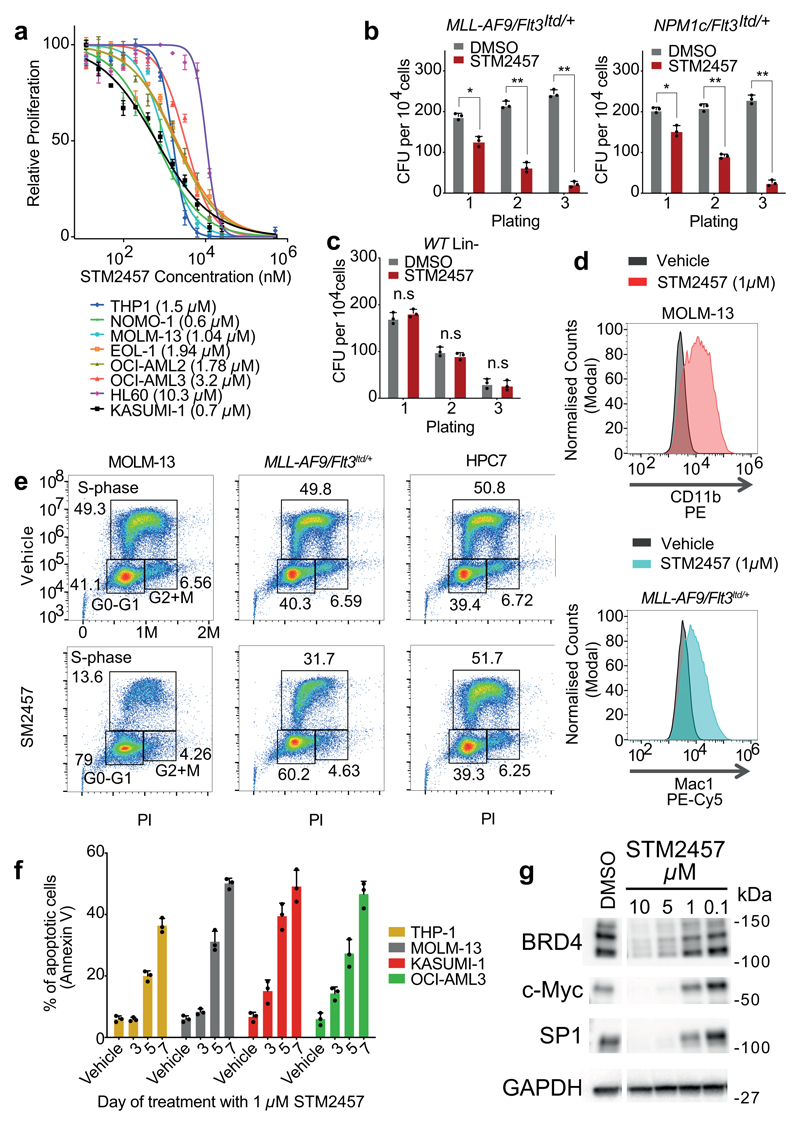Fig. 2. Pharmacological inhibition of METTL3 affects AML cells.
a) Dose-response curves of an AML cell line panel to STM2457 (mean +/- s.d., n=3). b) Colony forming efficiency of primary murine MLL-AF9/Flt3Itd/+ and NPM1c/Flt3Itd/+ AML cells treated with vehicle or STM2457 (mean +/- s.d., n=3). Half maximum inhibitory concentration (IC50) per cell line is illustrated in brackets. c) Colony forming efficiency of WT Lin- cells treated with vehicle or STM2457 (mean +/- s.d., n=3). d) CD11b and Mac1 levels of MOLM-13 and MLL-AF9/Flt3Itd/+ primary murine cells, respectively, treated with vehicle or STM2457. e) BrdU staining and cell cycle analysis in MOLM-13, HPC7 and MLL-AF9/Flt3Itd/+ primary murine cells treated with vehicle or STM2457. f) Percentage of apoptotic cells in a human AML cell line panel, following treatment with STM2457 at the indicated time-points (mean +/- s.d., n=3). g) Western blot analysis of BRD4, c-MYC, SP1 and GAPDH in MOLM-13 cells treated with the indicated doses of STM2457 or vehicle (n=3). two-tailed Student’s t-test; *P < 0.01; **P < 0.0001, n.s. not significant; WT, wild-type.

